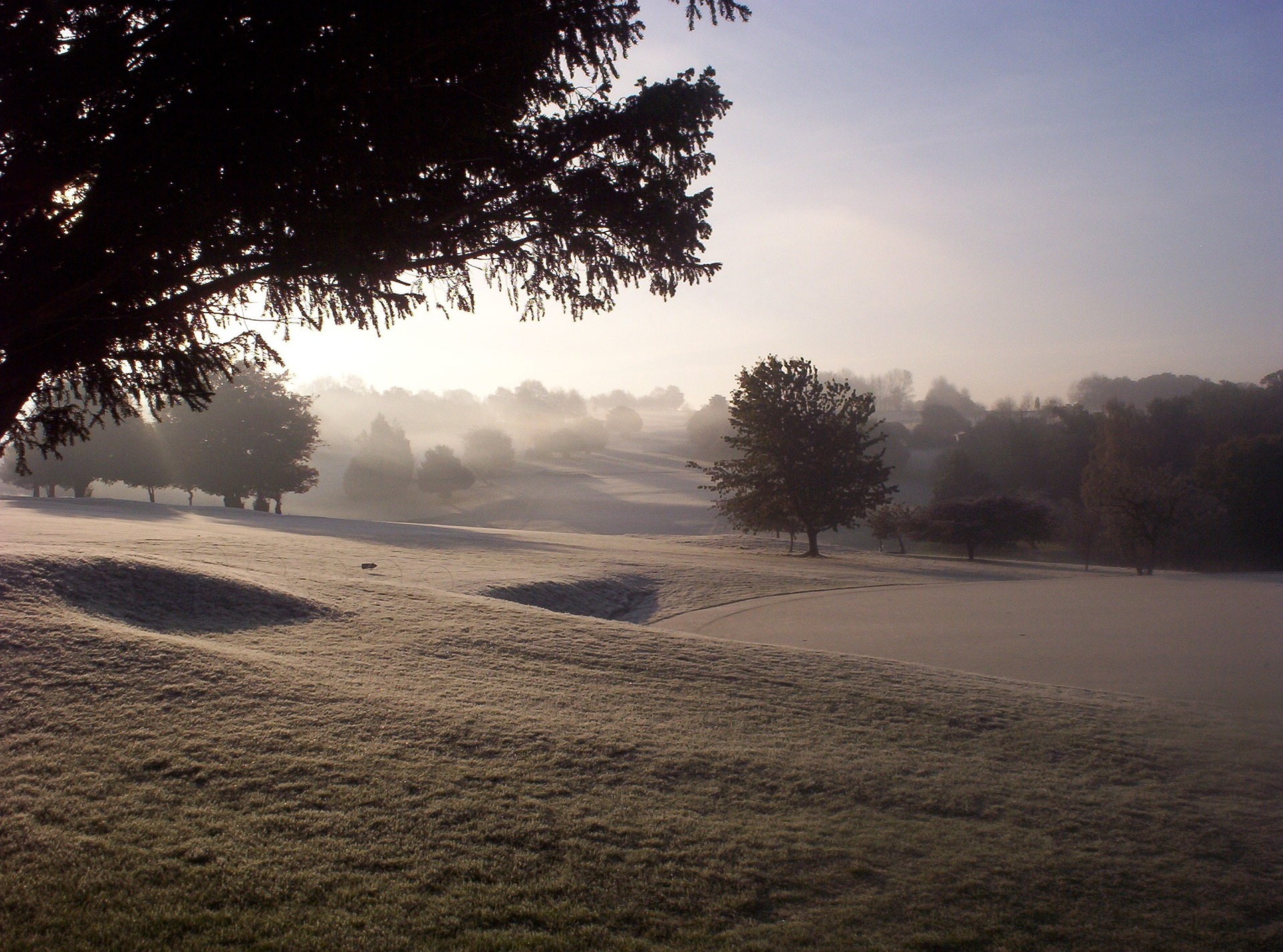Greenkeepers are being warned to prepare golf courses in advance of another likely influx of players once the second lockdown comes to an end on December 2.
Dr Colin Mumford, technical manager at Bayer, says that while it’s fantastic to see so many people enthusiastic to get back on the greens and fairways, greenkeepers need to be aware of the impact this could have on the course over the winter months.
“Traffic management is going to be key to avoid course compaction and wear and tear, particularly now the weather has turned. Wetter, softer, ground conditions are far more vulnerable,” said Colin.

“The STRI trial plots that Bayer has been involved in show that courses that have been exposed to high levels of turf stress are suffering from large disease outbreaks this autumn. For example, basal rot is currently a problem. It’s a strain of anthracnose, causing the base of the plant to turn black and come away from the roots, leading to death of the grass plants. The symptoms can still be seen in some places at the moment, as the infection thrives in cooler conditions, especially in short turf that is exposed to stress such as compaction or poor drainage.”
For the moment, many of the disease pressures are regional depending on the weather conditions – with central and eastern parts of the UK most affected currently – but if we continue to see damp, mild conditions, then we could see more widespread microdochium patch outbreaks, as the disease flourishes in these conditions.
“Greenkeepers need to stay vigilant for early signs of disease,” says Colin. “Cultural controls such as brushing and switching can help keep the surface dry and really reduce the risk of Microdochium Patch establishing. It’s also key that courses have adequate nutrition as inappropriate levels can leave them susceptible to problems.”
Colin recommends that if the environmental conditions are ideal for Microdochium Patch to occur, it is preferable to apply a preventative fungicide before the first visual signs of disease appear, or at the very least an early curative application at the initial sign of disease, to control it before it becomes established and causes long-term damage.
“Applying a preventative fungicide such as Dedicate, will help offer successful control over Microdochium Patch as it includes two active ingredients with different modes of action which are proven to have high efficacy. Due to Dedicate being a rapid acting solution, it gets on top of the disease before it becomes established and is also proven to provide improved plant health, consistency and greenkeeper satisfaction.
“There is no doubt this year has been a challenging one, but it’s important greenkeepers keep an eye out for any early signs of disease and ensure they are prepared for the reopening of courses. They could be very busy but it’s keeping on top of maintenance and minimising turf stress that’s crucial,” concludes Colin.

